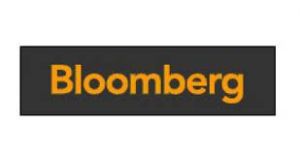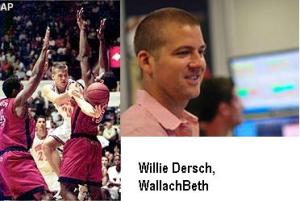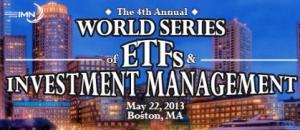BlackRock Inc. (BLK), the largest provider of exchange-traded funds, is opening four fixed-income ETFs today with defined maturity dates to appeal to institutional investors such as bank treasurers.
BlackRock’s iSharesBond ETFs, which invest in a basket of investment-grade corporate bonds, have set expiration dates when the portfolios will be liquidated and payouts made to investors, according to Matt Tucker, head of iShares’ fixed-income strategy team at New York-based BlackRock. The funds, maturing in 2016, 2018, 2020 and 2023, provide monthly income and may be favored by clients with specific liquidity needs in a climate of low yields and volatile interest rates, according to the firm.
“For some institutional investors, the idea that an ETF never matures or liquidates has been a hurdle,” Tucker said in a telephone interview yesterday. “These funds have the pricing and liquidity of an ETF plus the finite life you get with an individual bond portfolio.”
BlackRock, whose $3.9 trillion in assets make it the world’s biggest money manager, said first-quarter profit rose 10 percent as investors flocked to its equity iShares products. President Robert Kapito said in February the firm will continue to grow through fixed-income ETFs, which represent less than 0.5 percent of the $98 trillion global bond market. BlackRock created a series of lower-fee ETFs in 2012, and in March it announced a partnership with Fidelity Investments to sell more iShares funds directly to retail investors.
For the full story from Bloomberg LP, please click here














